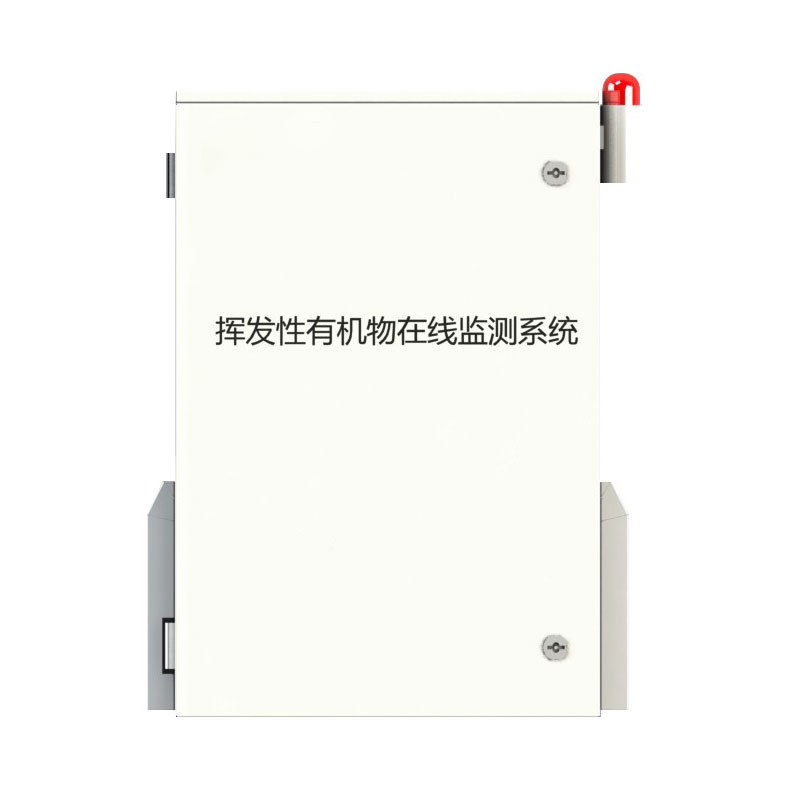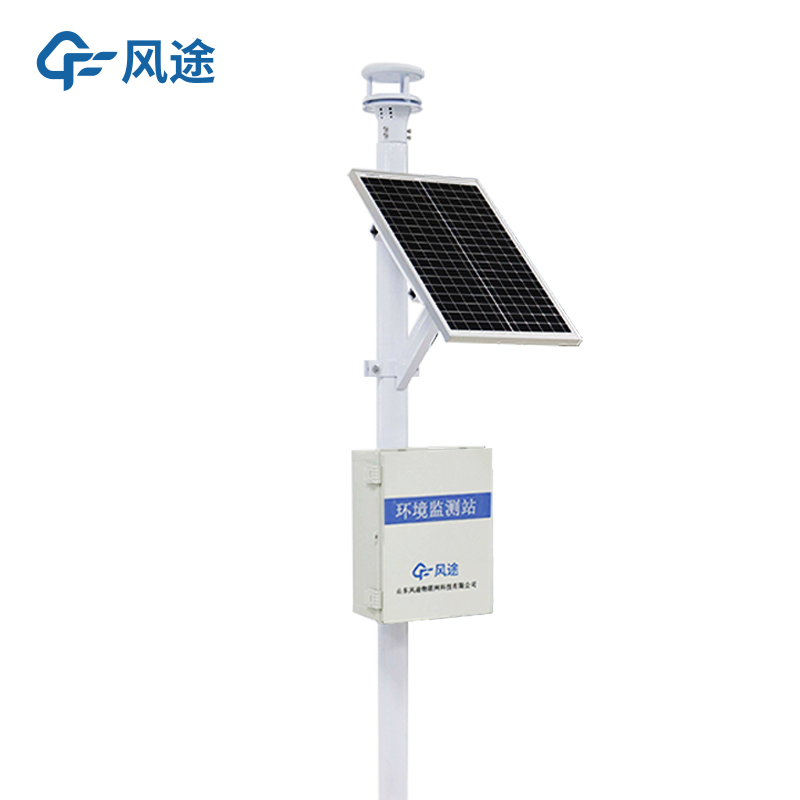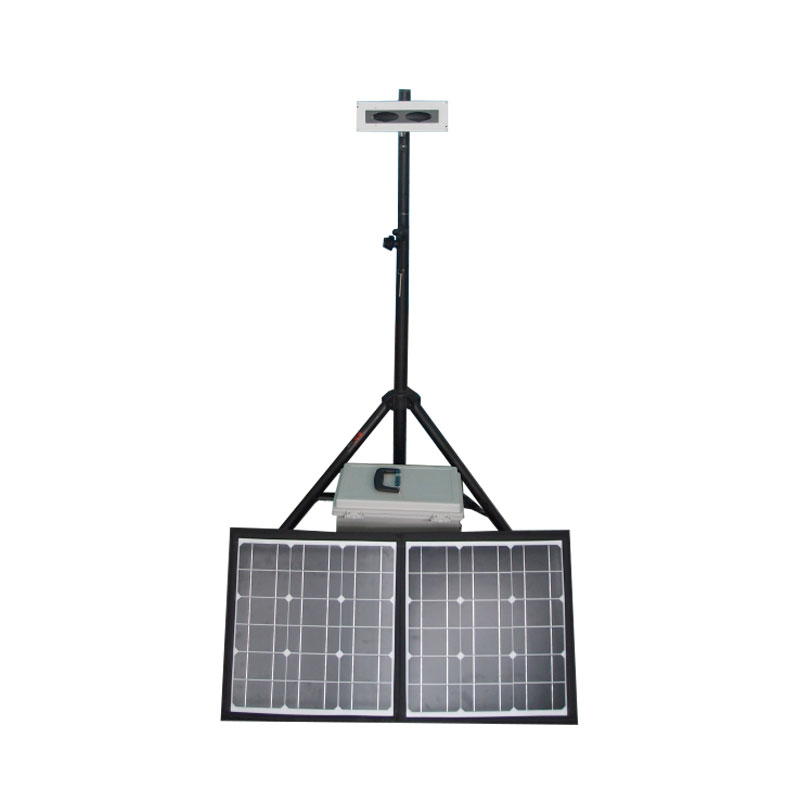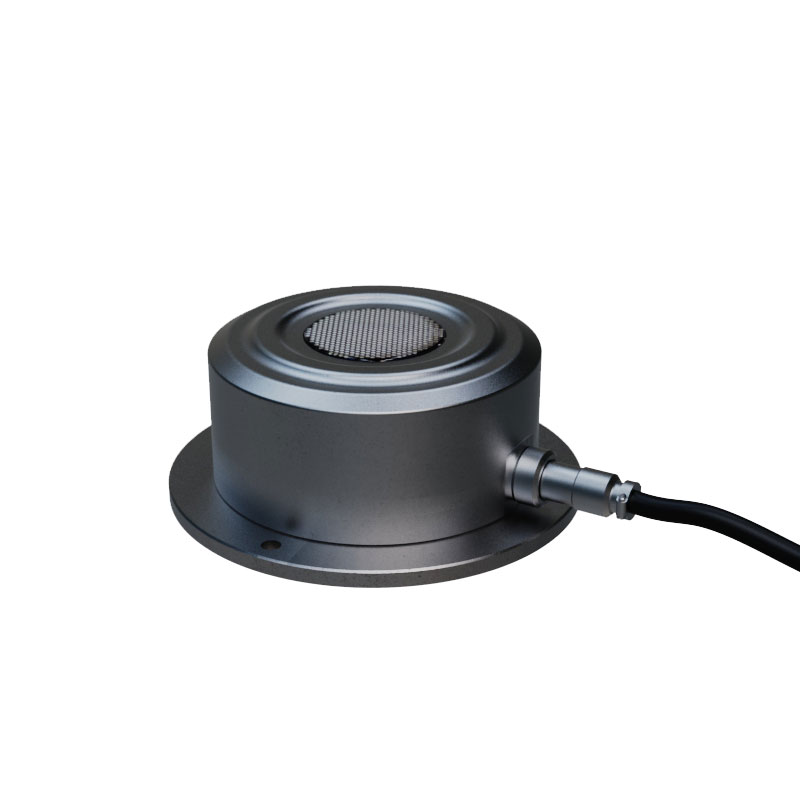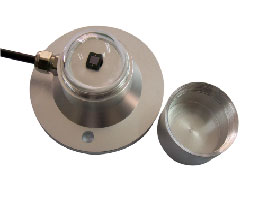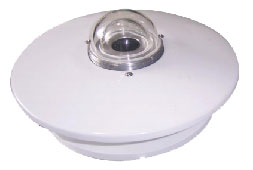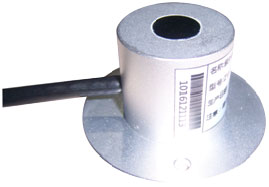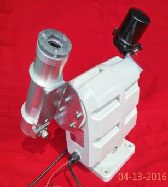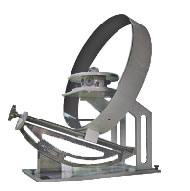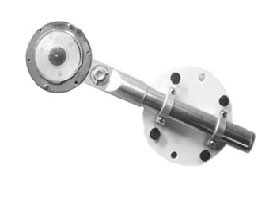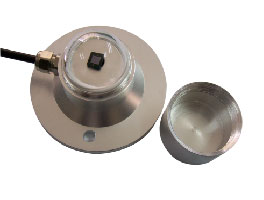Product
-
Weather station
-
Portable Weather Station
-
Weather Sensor
-
Visibility Monitoring
-
Cloud and aerosol observation
-
Atmospheric environment monitoring station
Recommended article
- Small weather station for rain, snow and wind monitoring
- Integrated forest fire risk factor monitoring station component
- What is an on-farm microclimate monitoring system?
- Negative Oxygen Ion Detector Company
- Small Weather Station Brand Ranking
- Small Intelligent Weather Station Manufacturer Recommendation
Contact us
Shandong Fengtu IOT Technology Co., Ltd
Sales Manager:Ms. Emily Wang
Cel,Whatsapp,Wechat:+86 15898932201
Email:info@fengtutec.com
Add:No. 155 Optoelectronic Industry Accelerator, Gaoxin District, Weifang, Shandong, China
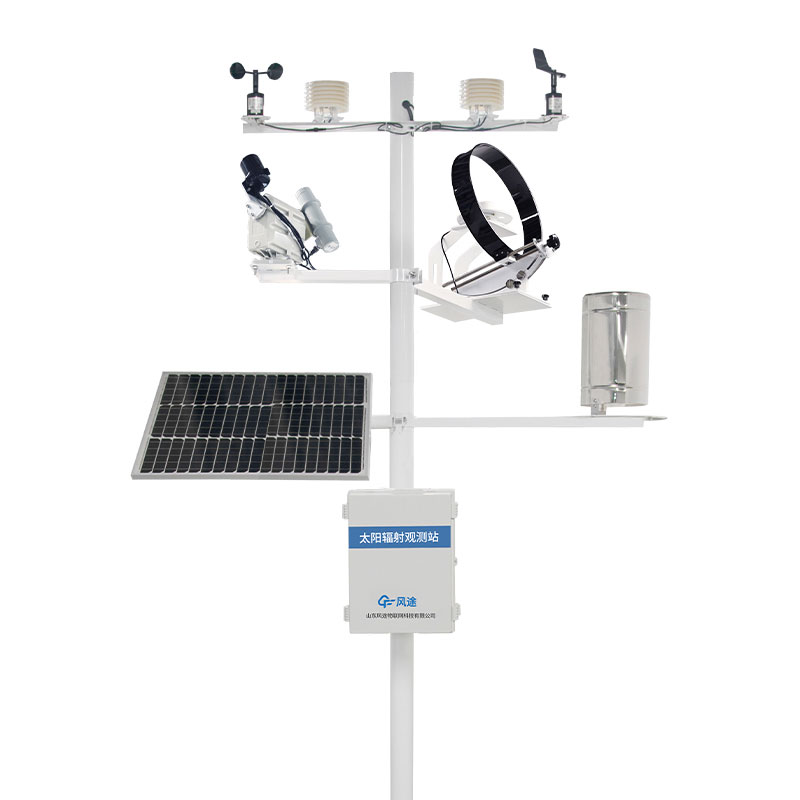
Solar radiation observatory
Model:FT-TZ1
Brand:fengtu
Related products
1. Solar radiation observatory product overview
Solar radiation observatory is a kind of ground observation station specially used to observe solar radiation, solar constant and other solar physical parameters. Solar radiation observatory can measure various types of solar radiation energy data such as total solar radiation, scattered radiation, direct radiation, reflected radiation, net radiation, ultraviolet radiation, spectral radiation, sub-spectral radiation and photosynthetically active radiation, and can also The data is transmitted to the cloud platform in real time to facilitate customer viewing and statistical analysis.
The observation station mainly consists of six parts: collector, sensor, power supply system, display system, pole bracket, and cloud platform.
2. Solar radiation observatory product features
Power supply: DC12V
Output: RS485 MODBUS RTU protocol
Power supply method: Solar power supply/DC12V/AC220V/UPS
Baud rate: 4800-115200 Default baud rate: 9600
Working temperature: -30°C~+70°C
Storage temperature: -40°C~+80°C
Working humidity: 0~100%RH
Protection level: IP65
Communication mode: Wifi/GPRS/RS485/wireless point-to-point
Output aviation plug: IP68 SP13-6
Data receiving mode: wireless data cloud platform APP/PC/web page wired stand-alone software secondary development communication interface
Bearing type: fixed bracket 3m
3. Solar radiation observatory sensor parameters
Simple total radiation | It is used to measure the total solar radiation in the spectral range of 0.3-3μm. If the sensing surface is turned downward, the reflected radiation can be measured. If a light shielding ring is added, the scattered radiation can also be measured. Spectral range: 0.3~3μm Measuring range: 0~1500W/m2 Power supply mode: DC 12V Output form: RS485 Response time: <45s Temperature dependent: <±0.08%℃ Cosine response: <±10% (when solar altitude angle is 10°) Nonlinearity:<±5% Annual change rate:<±2% Working environment: Temperature -40℃~50℃ Humidity ≤100%RH | |
TBQ total radiation | It is mainly used to measure total solar radiation with a wavelength range of 0.3 to 3 microns. If it is placed horizontally downward, reflected radiation can be measured, and a scattering shading ring can be added to measure scattered radiation. It consists of a double-layer quartz glass cover, sensing element, light shield, surface body, desiccant and other parts. The sensing element is the heart of the watch and consists of a fast-responding wire-wound electroplated thermopile. The sensing surface is coated with 3M matte black paint. The sensing surface is a hot junction. When there is sunlight, the temperature rises. It forms a temperature difference electromotive force with the cold junction on the other side. This electromotive force is proportional to the intensity of solar radiation. Test range: 0~2000W/m2 Resolution 1W/㎡ Accuracy±5% Sensitivity: 7~14μV/wm-2 Response time: ≤35 seconds (99%) Internal resistance: about 350Ω Spectral range: 0.3~3μm. Annual stability: ±2% internal resistance about 350Ω Cosine response: ≤±7% (when the solar altitude angle is 10°) Azimuth response error: ≤5% (when the sun altitude angle is 10°) Working environment temperature: -40℃~+50℃ | |
UV radiation sensor | A photoelectric detector is used to receive ultraviolet light wave electrical signals. This product is a precision instrument used to measure solar ultraviolet radiation (UVAB wavelength range) in the atmosphere. Measuring range: 0~400mW/m2 Spectral range: 280~400nm Power supply mode: DC 5V/DC12V Output form: Voltage: 0-2.5V, RS485 Working environment: temperature -50℃~50℃ | |
Fully automatic direct radiation | Measuring the radiation perpendicular to the solar surface (viewing angle about 0.5°) and the scattered radiation in a very narrow ring of sky around the sun is called direct solar radiation, measured with a pyrheliometer. 1. Sensitivity: 7~14μV∕Wm-2 2. Time constant: ≤15S (99%); 3. Internal resistance: about 80 ohms; 4. Tracking accuracy: <168h±1°; 5. Opening angle: 4°; 6. Annual stability: ±1% (sensitivity change rate); 7. Working environment: -45℃~+45℃; 8. Power supply: DC12V; 9. Measuring range: 0~2000W/m2; 10. Signal output: 0~20mV; 11. Measurement accuracy: work table <5%; standard table <2%; 12. Power supply polarity: red + DC12V black 0
| |
scattered radiation | It consists of two parts: a pyranometer and a shading ring. The function of the shading ring is to ensure that direct solar radiation can be continuously blocked from sunrise to sunset. The shading ring is composed of a shading ring, a ruler, a screw adjustment screw, a bracket, and a chassis. The width of the shading ring is 65mm and the diameter is 400mm. It is fixed on the screw adjustment screw of the scale. The scale is engraved with latitude and declination scales. The scale and bracket are fixed on the chassis and should be fixed according to the geographical latitude of the shooting location. Test range: 0~2000W/m2, resolution 1W/㎡, accuracy ±5% Sensitivity: 7~14μV/wm-2 Response time: ≤35 seconds (99%) Internal resistance: about 350Ω Spectral range: 0.3~3μm .Annual stability: ±2% Internal resistance of about 350Ω Cosine response: ≤±7% (when the solar altitude angle is 10°) Azimuth response error: ≤5% (when the solar altitude angle is 10°) Working environment temperature: -40℃~ +50℃
| |
net radiation | The new net pyrheliometer is used to measure the net difference in the full range of radiation projected downward from the sky and upward from the Earth's surface. The measurement range is shortwave radiation from 0.3 to 3 microns and earth radiation from 3 to 50 microns. It is mainly used to study the earth's heat budget and can be used in meteorological research, thermal stress and heat balance research, and highway traffic monitoring. The working principle of this watch is the thermoelectric effect. The sensing part is a thermopile composed of copper-plated constantan wire. The thermopile is coated with 3M matte black paint. The two thermopiles receive solar radiation and terrestrial radiation respectively. Due to the different intensity of radiation absorbed by the upper and lower sensing surfaces, a temperature difference occurs at both ends of the thermopile, and its output electromotive force is proportional to the difference in radiation intensity received by the sensing surface. In order to prevent wind and rain from affecting the output of the radiometer and protect the sensing surface, the meter is equipped with a hemispherical special polyethylene film that can transmit both short-wave radiation (0.3 to 3 microns) and long-wave radiation (3 to 100 microns). cover. 1. Spectral range: 3 ~ 50μm (long wave radiation) 2.0.3~3μm (short wave radiation) 3. Measuring range: -300~+1000W/m2 4. Response time: ≤35 seconds (99%) 5. Internal resistance: about 350Ω 6. Annual stability: ≤±2% 7. Sensing surface consistency: ±15% 8. Temperature characteristics: ±2% (-20℃~+40℃) 9. Site diameter: Φ120mm 10.Length: 307mm 11. Polyethylene film cover: Φ33mm
| |
Sunshine hours sensor | It is used to continuously measure the sunshine hours. When the direct radiation shining on the instrument is greater than a certain preset threshold, it is automatically recorded by the collector as the sunshine hours. The instrument itself has no moving parts, consumes low power, and is capable of long-term observation in the field. Count the sunshine presence or absence every minute and clear it at zero o'clock every day. Measuring range: 0~24h Resolution: 0.1h Spectral range: 0.3~3μm Response time: <5s Cosine response: <±10% (when solar altitude angle is 10°) Nonlinearity: <±2% Annual change rate:<±2% Power supply mode: DC5V Output form: RS485 Working environment: temperature -50℃~85℃, humidity ≤100%RH
| |
photosynthetically active pyranometer | Also known as photon number, it is mainly used to measure the photosynthetically active radiation of natural light in the wavelength range of 400 to 700nm. It is simple to use and can be directly connected to a digital voltmeter or data collector, and can be used under all-weather conditions. The meter uses a silicon photodetector and passes through a 400-700nm optical filter. When light is illuminated, a voltage signal is generated that is proportional to the intensity of the incident radiation, and its sensitivity is proportional to the cosine of the direct angle of the incident light. Spectral range: 400~700nm Measuring range: 0-2000 W/m2 Power supply mode: DC 5V Output form: Voltage: 0~2.5V/RS485 Response time: about 1s (99%) Temperature dependent: maximum 0.05%/℃ Cosine correction: up to 80° angle of incidence Operating temperature: -40° to 65° Relative humidity: 0~100% | 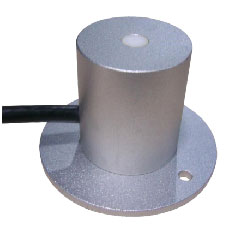 |
Related article
-
Grassland weather stations protect against grassland fires
2024-04-30 -
Small Weather Station Brand Ranking
2024-05-13 -
Advantages of Atmospheric Negative Oxygen Ion Monitoring System
2024-02-05 -
Why install a snow depth monitoring station?
2024-01-25 -
Mechanical Weather Stations & Ultrasonic Weather Stations
2024-02-01 -
Weather station monitoring system for defence against meteorological disasters
2024-02-21 -
Classification of automated weather stations
2024-02-19 -
Small weather stations, weather stations that don't take up much space
2024-03-07


 Get a Free Quote
Get a Free Quote